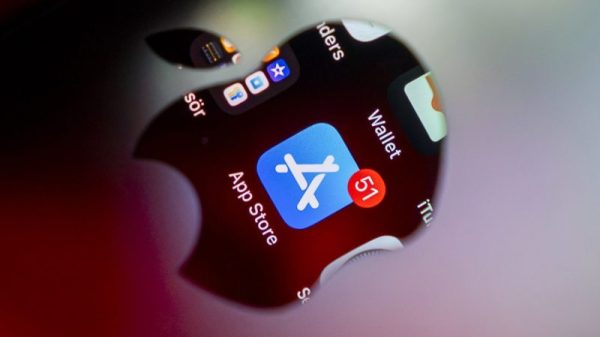“IoT disruptors are continuing to innovate by launching solutions that include ultra-high available connectivity, device optimisation software and AI-based data insights.”
The IoT connectivity market continues to be subject to intense competition worldwide. Many providers offer connectivity with similar wholesale agreements and country coverage. Analysys Mason’s latest IoT connectivity disruptors case studies report examines the strategies of some of the most-innovative players in the market and provides details about how they are differentiating themselves.
While it is difficult to differentiate on connectivity, some providers are able to do so by providing ultra-high availability or localisation solutions. Other providers are focusing on areas of the value chain such as developing AI or cloud integration tools on their platforms, or by developing vertical expertise.
IoT disruptors can differentiate in new areas of the IoT value chain
Figure 1 outlines the main components of the IoT value chain and provides examples of differentiators for each of these components. Some differentiators can be easily replicated by competitors and provide a short-term advantage; others are more difficult to imitate. For instance, many providers can launch prepaid tariffs, or they can partner to develop eSIM/iSIM solutions. Ultra-high availability connectivity is more difficult to achieve because it relies on network investment to create redundancy and failsafe mechanisms, and/or intelligent software on the SIM. Vertical expertise is usually achieved via acquisition: not all providers will have the resources or appetite for risk to follow this path.
The following disruptors have developed particularly interesting IoT connectivity solutions.
Eseye. Eseye’s founders have a heritage in hardware, and Eseye is gradually leaning into this expertise as a differentiator. It spends considerable time in the pre-deployment phase of projects to select the correct device and then optimises the device firmware and configurations to avoid common hardware issues that disrupt IoT deployments. Eseye also launched SMARTconnect in 2023, a suite of software tools that provides on-device intelligence to optimise the connection between the device and the cloud. It aims to cut the time spent to get devices up and working and to minimise downtime by quickly switching networks if the device encounters connection issues. CSL Group. CSL Group launched its ‘rSIM’ solution in 2024, which has on-SIM intelligence to constantly test the device connection, enabling it to switch to a different profile if connectivity is disrupted. This helps to minimise the chances of outages compared to standard multi-IMSI SIM solutions and is aimed at applications for which even small periods of downtime will have adverse effects (such as healthcare monitoring or point-of-sale terminals). Soracom. Soracom is collaborating with The University of Tokyo’s Matsuo Institute to develop AI solutions. It has developed a suite of solutions based on generative AI (GenAI) to support its IoT customers. the most-notable of these solutions is Soracom Harvest Data Intelligence, which allows customers to analyse time series data on Soracom’s connectivity/device management platform to identify trends and anomalies and to provide recommendations on what to do with the data. BICS. BICS is also developing AI solutions on its SMART cloud-based analytics platform. BICS plans to add AI intelligence to provide customers with instant, real-time support when there is a network error rather than having to wait for a response from BICS’ customer service team.MNOs will not always be able to rely on scale and brand to separate themselves from MVNOs
Mobile network operators (MNOs) have typically used their scale and strong brand as selling points to separate themselves from the numerous IoT mobile virtual network operators (MVNOs), aggregators and resellers in the market. While these advantages do remain –particularly for very large volume deals – the emergence of providers such as 1NCE (which manages 20 million SIMs), KORE (more than 15 million) and Wireless Logic (more than 12 million) threatens to erode this advantage. Operators will need to innovate to keep pace with the competition or be open to collaborating with disruptors to take advantage of their innovations.
The post IoT connectivity disruptors continue to be key drivers of innovation in the IoT market appeared first on IoT Business News.

































